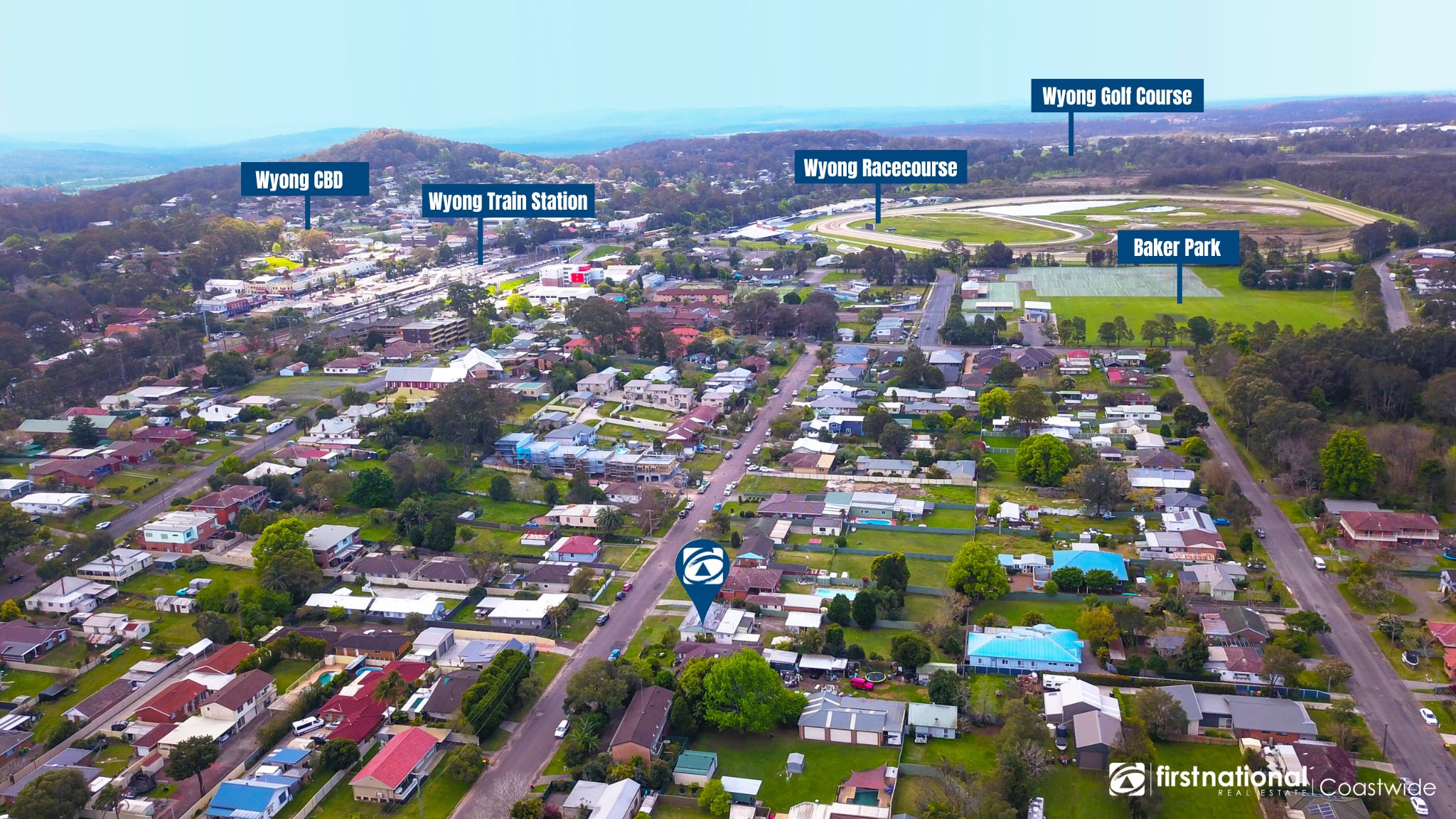CoreLogic’s latest Home Value Index shows that consumer sentiment has improved, further interest rate hikes appear to have been ‘priced in’, and the speed at which prices have been falling has slowed so greatly that it looks increasingly likely the bottom of this market cycle is near.
The Central Coast property market has been slowly declining month-on-month, but evidence is suggesting that the decline is nearing an end. We are seeing recent sale prices selling at or just below asking prices.
In Sydney, property values dropped by 2.3% in August, but slowed to 1.8% in September. We’ve seen smaller adjustments described as ‘horrifying’, ‘in free-fall’, ‘collapsing’ and ‘plunging’, but it’s safe to say the market is instead, ‘steadying’.
Let’s also not forget that prices across our regional cities and towns jumped 40% through the pandemic.
Could the bottom of this market cycle be near?
Frankly, it may have already passed. While it’s too early to say, the busy spring season has arrived and auction clearance rates have remained solid despite the increased volume of listings. In fact, clearance rates have been on an upward trajectory since July. When it comes to prices, since they started dropping in April, September produced the smallest declines. When October’s results are in, we may see evidence of reversal in many markets.
Official interest rates are expected to continue to rise but remain historically low, and First National’s agents have seen a 10.4% surge in first home buyers at open homes. Knowing first home buyers have an almost innate sense for opportunity, this would certainly suggest they’re keen to get in before prices start rising again.

Australian household finances vs cost-of-living pressures
One of the reasons that prices have shown such resilience in the face of high inflation & rising interest rates is that household financial deposits have trended strongly upwards since 2005. There was also a period of increased saving during the GFC and COVID pandemic Combine this with the period of lower fuel & electricity prices in 2015 & 2016, Australian’s were in a good position to be able to save. The ratio of housing interest payments to income has also fallen to its lowest levels since 1999, and household debt has trended lower as a proportion of housing values, according to RBA data.
For just under 40% of households, Australians with a mortgage, the interest burden fell to its lowest level in 42 years in the March quarter.
These households will economise while discretionary items like fuel, electricity and food continue to rise. However, the 30% of households without a mortgage will benefit from higher interest rates, and be able to spend more.
The above advice is of a general nature only and intended as a broad guide. The advice should not be regarded as legal, financial or real estate advice. You should make your own inquiries and obtain independent professional advice tailored to your specific circumstances before making any legal, financial or real estate decisions. Click here for full Terms of Use

